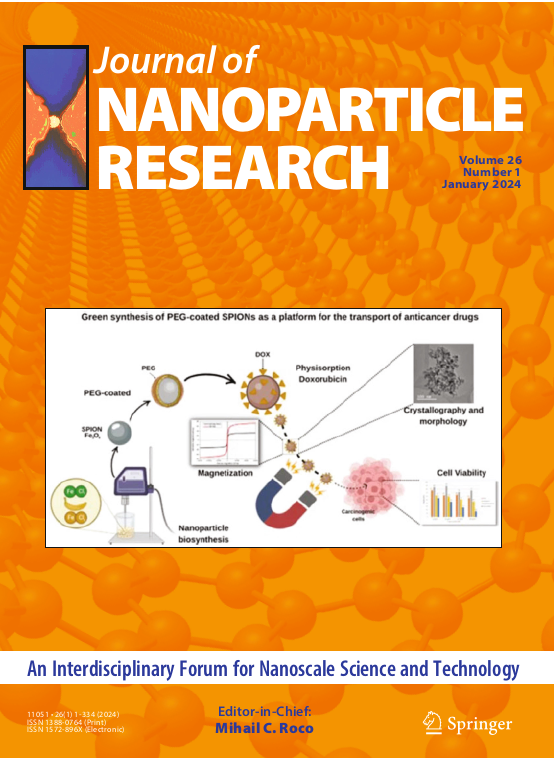Multifunctional hydroxyapatite-carbon dot nanocomposites grafted with polyglycerol: synthesis, characterization, and application in self-targeted cell imaging and drug delivery
Abstract
In this project, a novel ultrasound-mediated synthesis route was firstly developed to prepare carbon dots (CDs) decorated hydroxyapatite (HAp) targeted fluorescent nanocomposites (HAp-CDs) under low concentration of folic acid. Folic acid not only served as carbon source to form fluorescent CDs but also as targeted molecules to specifically recognize HeLa human cervical cancer cells. Furthermore, the HAp surface of HAp-CDs nanocomposites was successfully grafted with hyperbranched polyglycerol (HAp-CDs-PG) through surface-initiated ring-opening polymerization of glycidol. The grafted PG layer not only tremendously enhanced the aqueous dispersibility and stability of HAp-CDs nanocomposites, but also effectively inhibited non-specific cellular uptake of HAp-CDs-PG. Finally, the folate residues on HAp-CDs-PG achieved targeted uptake by recognizing folate receptors on Hela cells, while HAp-CDs-PG was mainly located in the cytosol of HeLa cells after being uptaken. Due to its good biocompatibility as determined by Cell Counting Kit-8 (CCK-8), HAp-CDs-PG was used to load anticancer drug doxorubicin (Dox) and efficiently delivered into targeted cells by folate receptor-mediated endocytosis, leading to an enhanced therapeutic efficacy of Dox. Thus, the HAp-CDs-PG nanocomposites could potentially be used for simultaneous cancer-targeted drug delivery and self-targeted cell imaging.

 求助内容:
求助内容: 应助结果提醒方式:
应助结果提醒方式:


